East Bali
East Bali, a region less frequented by tourists compared to the southern and central parts of the island, is known for its scenic landscapes, traditional villages, and cultural heritage. Amed and Candidasa are two of the most known areas in eastern part of Bali. It holds its own charm and significance in the tourism landscape of Bali. The region offers a more tranquil and authentic experience compared to the heavily visited southern areas. There are two ways in which you can explore East Bali. One, stay at Amed and cover all the sightseeing places before moving to another place. Two, stay at Ubud and take a day tour to cover all important points. We followed the second way and except for the beaches, covered every other point.
Lempuyang Temple
Lempuyang Temple, also known as Pura Lempuyang Luhur, is one of the most revered and picturesque temples in Bali, Indonesia. Situated on the slopes of Mount Lempuyang in East Bali, this temple complex is not only a significant spiritual site but also offers breathtaking views of the surrounding landscapes and Mount Agung. Lempuyang Temple is considered one of the six holiest temples in Bali. Pilgrims and devotees climb the stairs to seek blessings and engage in spiritual activities. The temple is strategically located on the slopes of Mount Lempuyang, providing a spiritual connection to the sacred mountain. The temple complex consists of several separate sanctuaries.
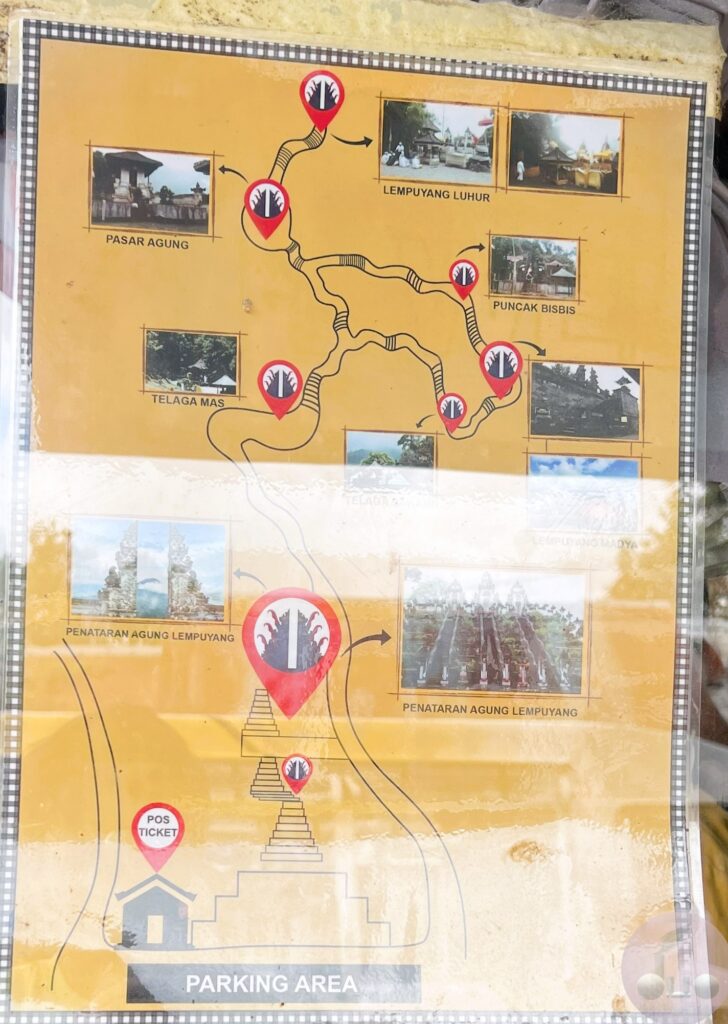
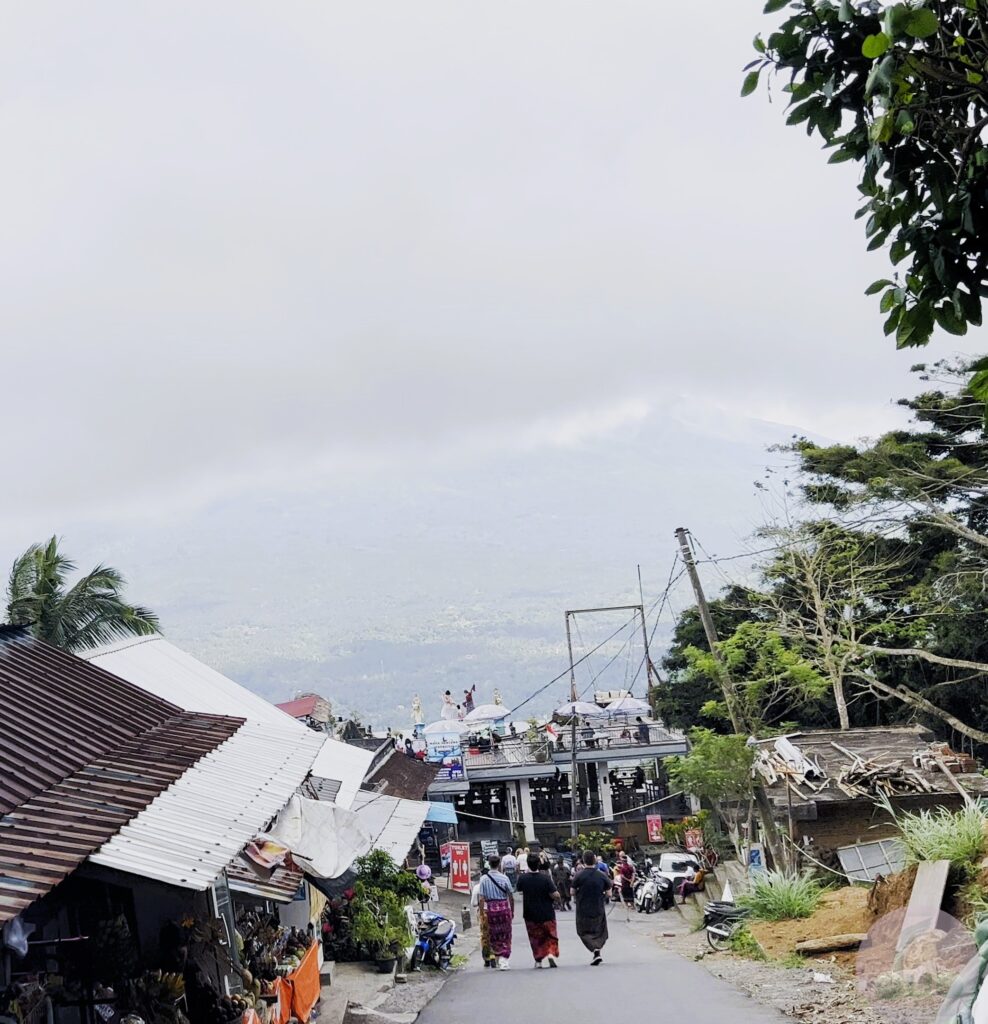
Temple complex
The entry tickets to the temple complex is 100.000 IDR per person inclusive of the sarong which is mandatory for entering the temple. The journey to the main temple involves a steep ascent. The ascent is part of the spiritual experience and offers stunning views of the surrounding hills and forests. The temple management provides a shuttle service to the main temple from the entrance at an additional cost of 50.000 IDR per seat. Lempuyang Temple offers panoramic views of the surrounding landscapes, including lush greenery, terraced rice fields, and the towering Mount Agung. The scenery is particularly stunning during sunrise. The main temple complex, Pura Lempuyang Luhur, is located at the top of the stairs. It is dedicated to Ida Batara Lempuyang Luhur, the god of light. The temple complex includes several other smaller temples, such as Pura Telaga Mas, Pura Telaga Sawaswati, and Pura Telaga Telenged.
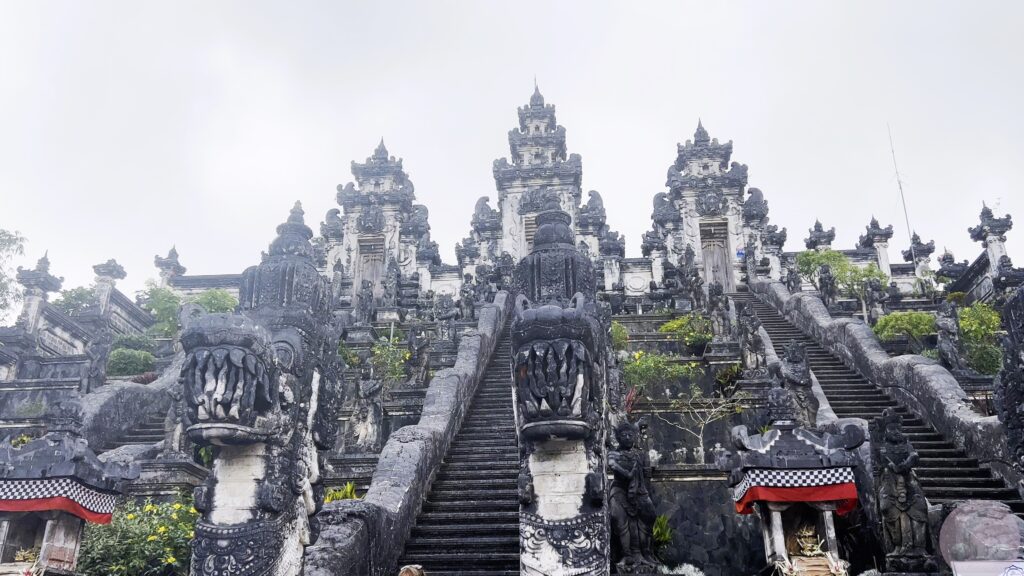
Gates of Heaven
One of the most famous features of Lempuyang Temple is the “Gates of Heaven” (Pura Penataran Agung Lempuyang). This iconic split gate (Candi Bentar) frames a view of Mount Agung and is a popular spot for photographs. Due to heavy tourist activity and a long queue for clicking pictures, it takes somewhere between 3-4 hours for your turn. We advise to reach as early as 5 AM before the temple opens if you want that iconic photograph at these gates to avoid crowd with time remaining for other places.

We visited Lempuyang temple only for those pictures but sadly, we did not have 3 hours to spend at a single place so left without the pictures. Nevertheless, there is a hack, as you can go around those gates to the courtyard of the temple and click some pictures on the other side of the gates. One person is present to click pictures there as well. You may tip the photographer if you wish.
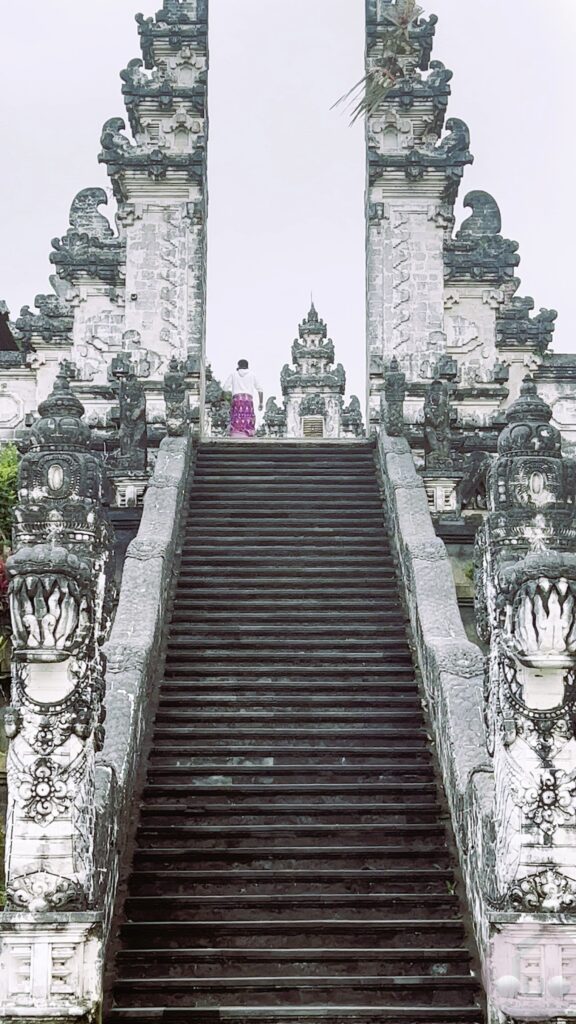


The reflective image that you might have come across on Instagram or elsewhere, is not due to any water body right in front of the gates. In fact there is no water body anywhere near the temple. It is an optical illusion by placing a mirror under the camera lens. There is an appointed person to click those pictures. Considering the time spent in visiting this temple, the cost involved, and the crowd, we suggest you may skip it. There are several other places all around Bali where you will find the Candi Bentar or the Gates of Heaven where you may click the pictures.
Mt Agung
Mount Agung is the highest and most sacred volcano in Bali. Standing at 3,142 meters (10,308 feet) above sea level, Mount Agung is an active stratovolcano located in the East Bali. It is part of the Pacific Ring of Fire, known for its high volcanic activity. Mount Agung is the home of the gods as per beliefs in Balinese Hinduism. The volcano plays a central role in many Balinese religious ceremonies and traditions.
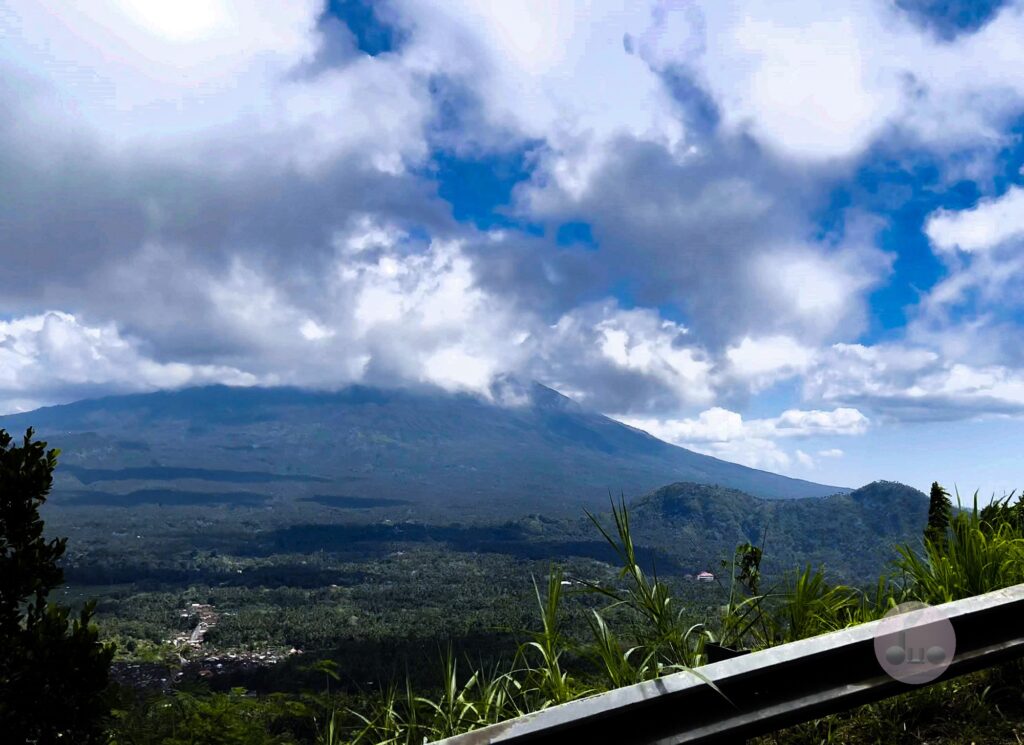

Mount Agung is an active volcano with a history of eruptions. One of the most significant eruptions occurred in 1963, causing widespread destruction and loss of life. The last major eruption was in 2017-2018, which led to evacuations and temporary closures of the Ngurah Rai International Airport. The area around Mount Agung has a dramatic volcanic landscape, including deep valleys, lush forests, and fertile slopes.
Tirta Gangga
Tirta Gangga, meaning “Water of the Ganges,” is a stunning water palace located in the village of Ababi in East Bali. This historical site, built by the royal family of Karangasem, showcases intricate Balinese architecture, lush gardens, and a series of freshwater pools and fountains. Tirta Gangga has a beautiful blend of Balinese and Chinese architectural elements. Anak Agung Anglurah Ketut Karangasem, the last king of Karangasem constructed the palace in 1946. Tirta Gangga served as a retreat for the royal family of Karangasem. Its design reflects the grandeur and refinement associated with Balinese royal residences. Entry tickets cost 50.000 IDR per person.
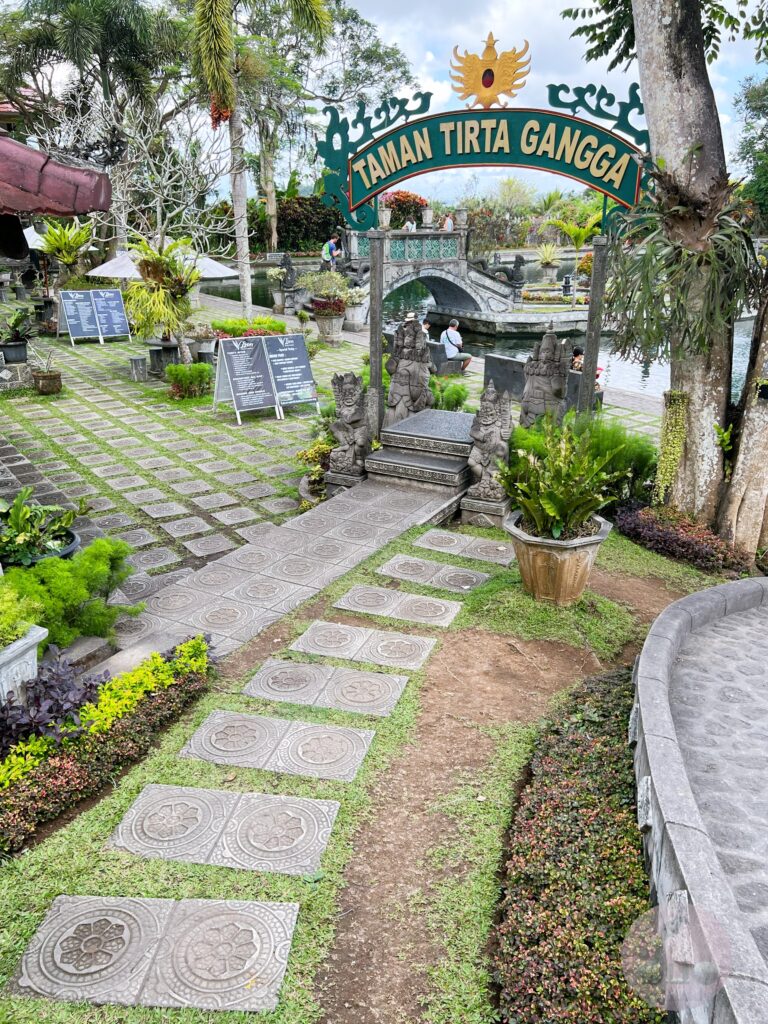

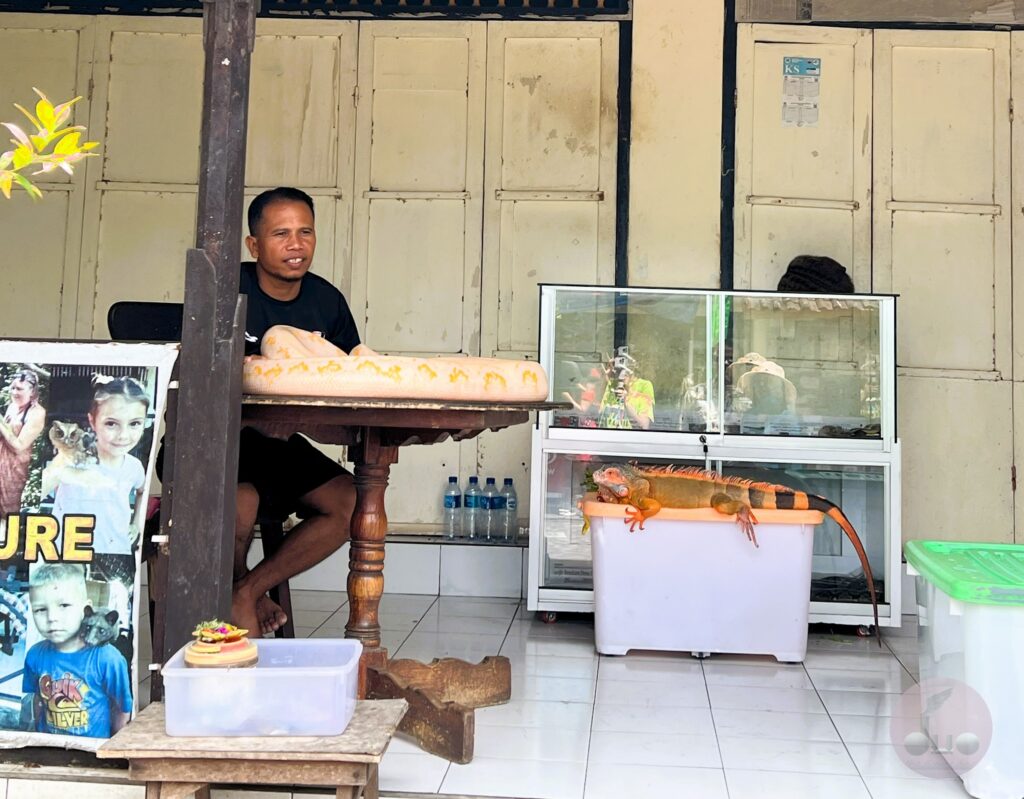
The water palace features several main ponds, each adorned with fountains and statues. The primary large pond, surrounded by elegant stone carvings, is the focal point of the complex. Delightful stepping stones and small bridges traverse the ponds, allowing visitors to explore the intricate layout of the water palace. These pathways create a serene atmosphere, encouraging leisurely strolls through the lush surroundings. Tirta Gangga is adorned with a variety of decorative statues, many depicting Balinese mythology and Hindu deities. These sculptures, carved from white stone, add a sense of cultural richness to the landscape. You may take a stroll, explore the gardens and enjoy the tranquility of this water palace.
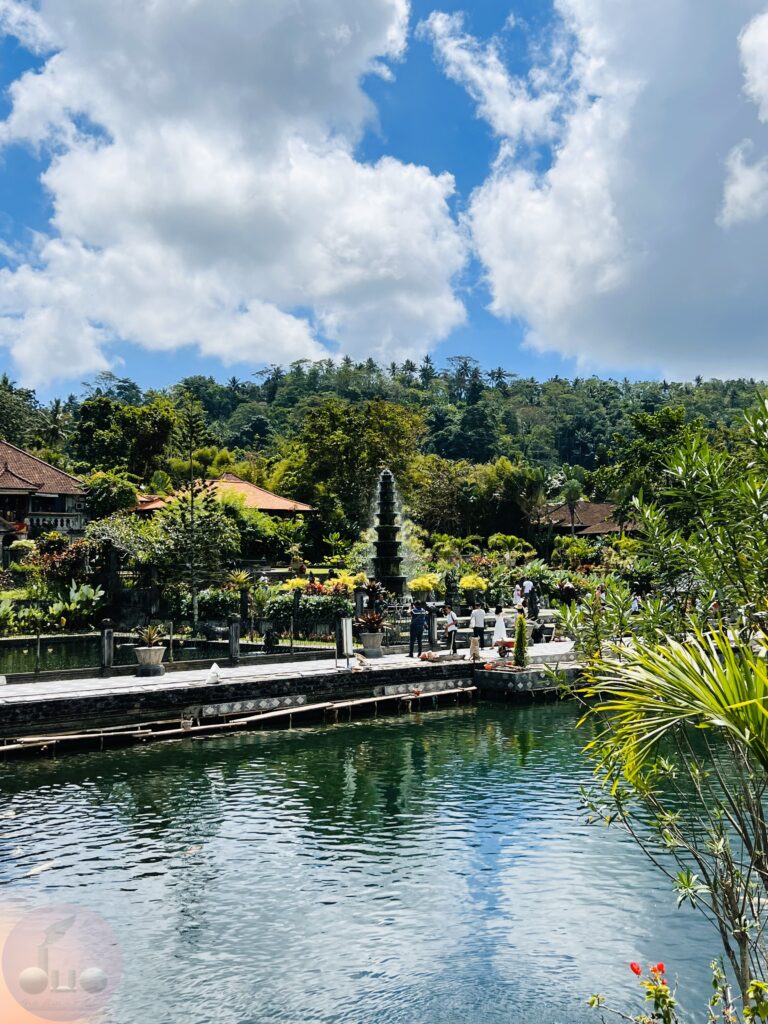
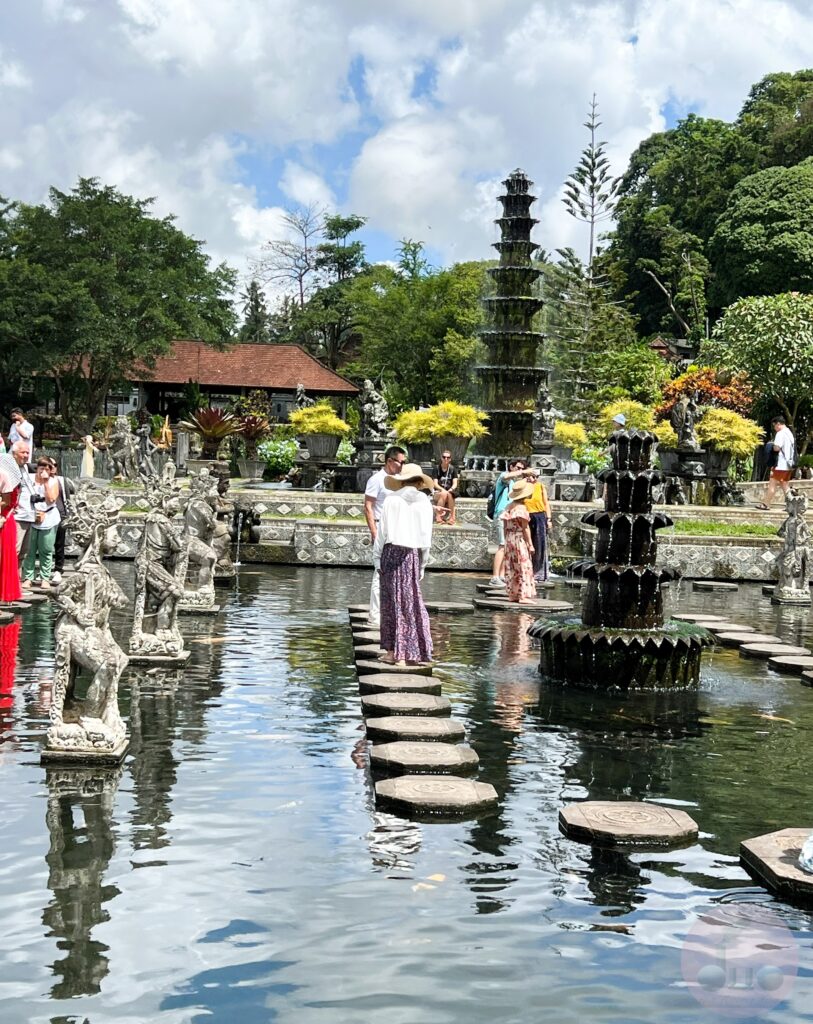

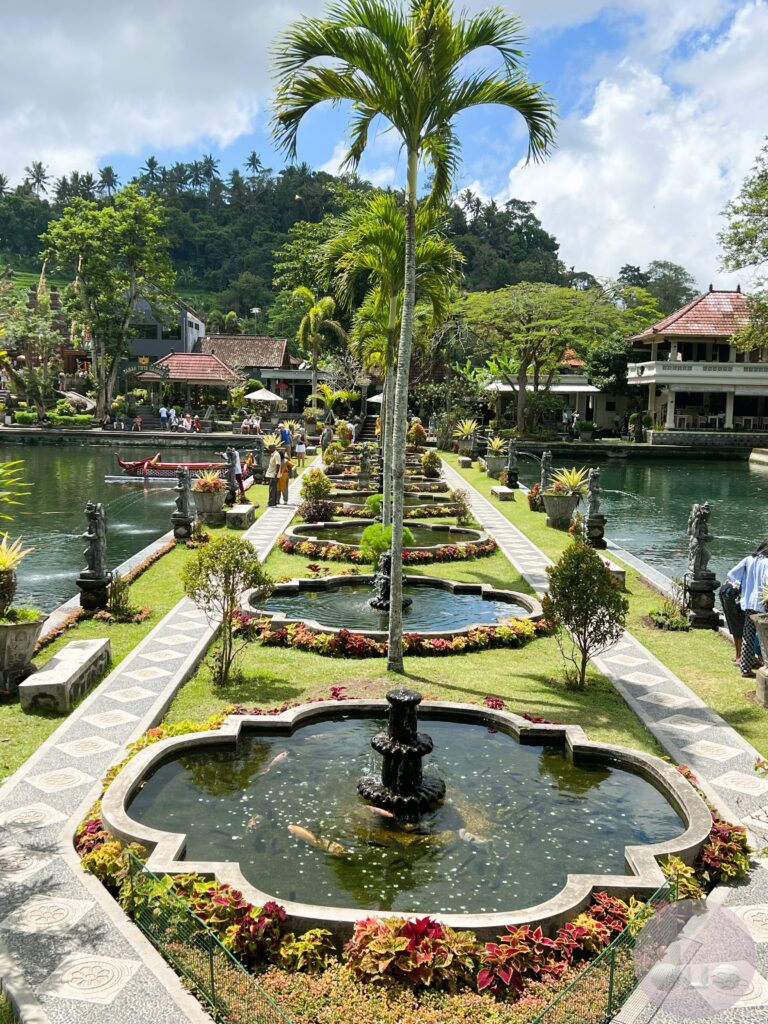
Besakih Temple
Besakih Temple stands as a testament to the resilience, spirituality, and cultural richness of Bali. Its architectural grandeur and cultural importance make it a must-visit destination. Besakih is often referred to as the “Mother Temple” as it is believed to be the progenitor of all other Balinese temples. Its significance extends beyond Bali, influencing temple architecture and traditions throughout Indonesia.

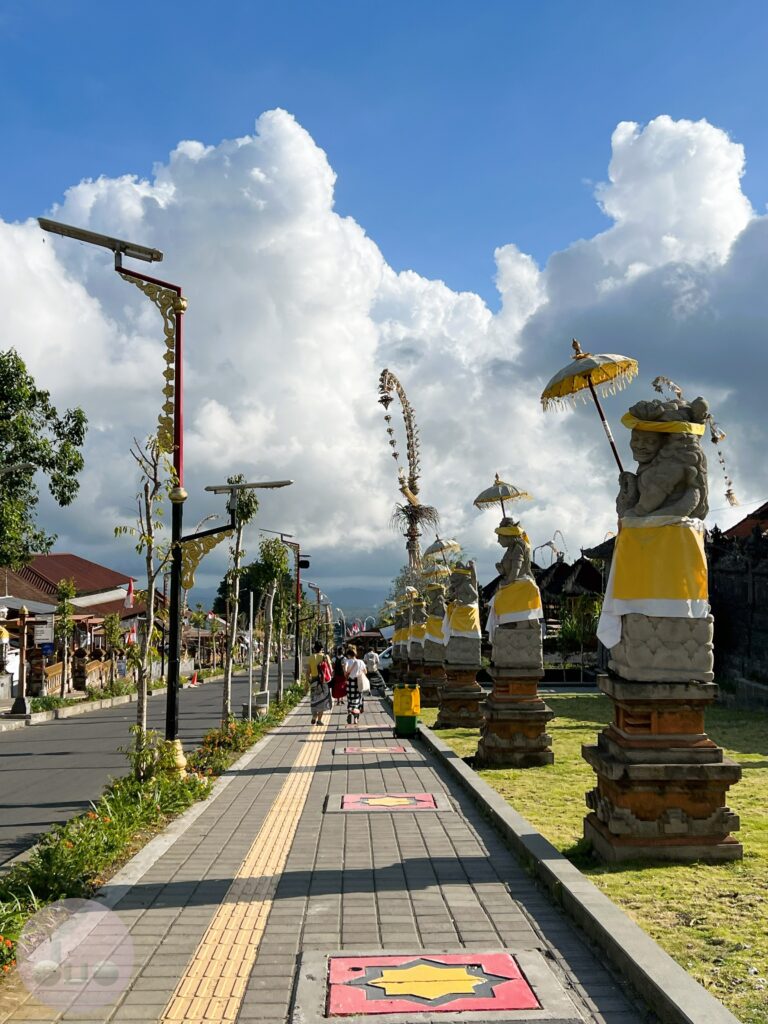

The royal family of Karangasem played a crucial role in the temple’s development. Anak Agung Anglurah Ketut Karangasem, the last king of Karangasem, significantly contributed to Besakih’s expansion in the mid-20th century. Besakih Temple has withstood natural disasters, including the eruption of Mount Agung in 1963, which destroyed nearby villages but spared the temple. This event reinforced the belief in the spiritual protection afforded by Besakih.

Architecture
The temple, located on the southwestern slopes of Mount Agung in East Bali, is the largest and holiest temple complex on the island. The architecture of Besakih is a magnificent representation of Balinese temple design, characterized by intricate stone carvings, multi-tiered shrines, and towering entrance gates. The temple complex has a series of courtyards and aligned along the sacred axis of Mount Agung. The complex is so vast that as per local beliefs it extends up to halfway to Mount Agung.

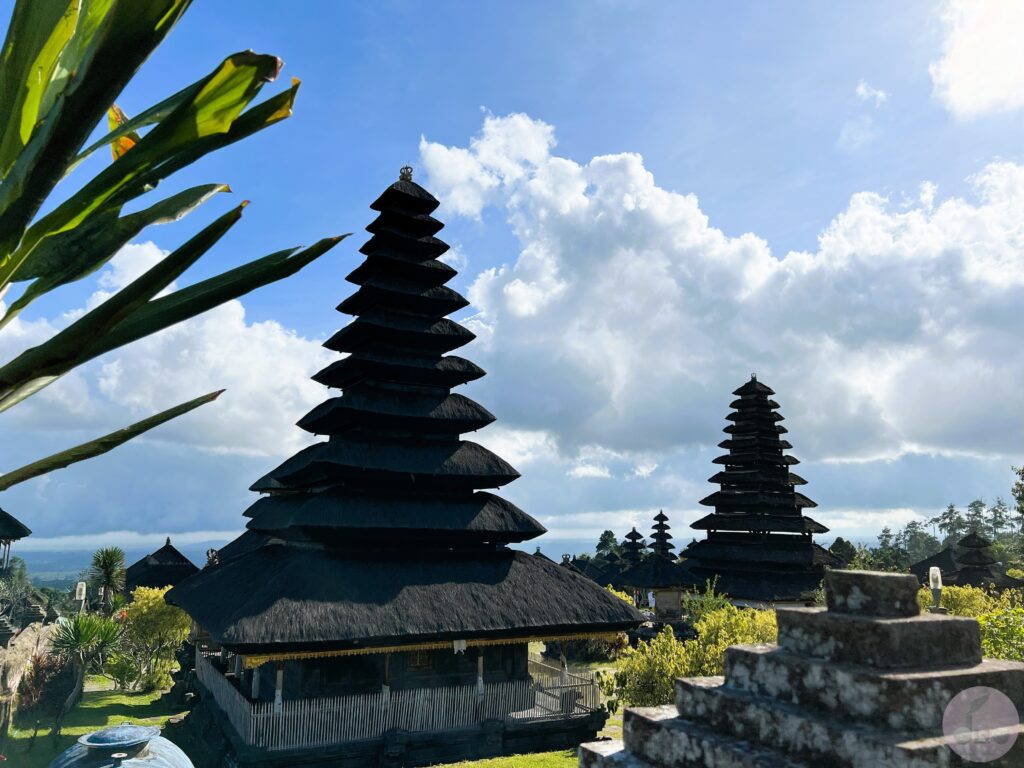
The most distinctive feature of Besakih is the towering meru towers, representing the cosmic mountains. These tiered structures, often with thatched roofs, symbolize the sacred realms and are dedicated to various deities. Majestic entrance gates, known as candi bentar, welcome visitors into the different courtyards of the temple. These split gates bear intricate stone carvings and serve as symbolic transitions between the earthly and spiritual realms. Besakih Temple features a bale kulkul, a tower housing a wooden drum used to announce important events or ceremonies. The rhythm of the drum communicates messages to the surrounding villages. Pura Penataran Agung is the primary and holiest temple within the complex. It is dedicated to Ida Sang Hyang Widhi Wasa, the supreme god in Balinese Hinduism.
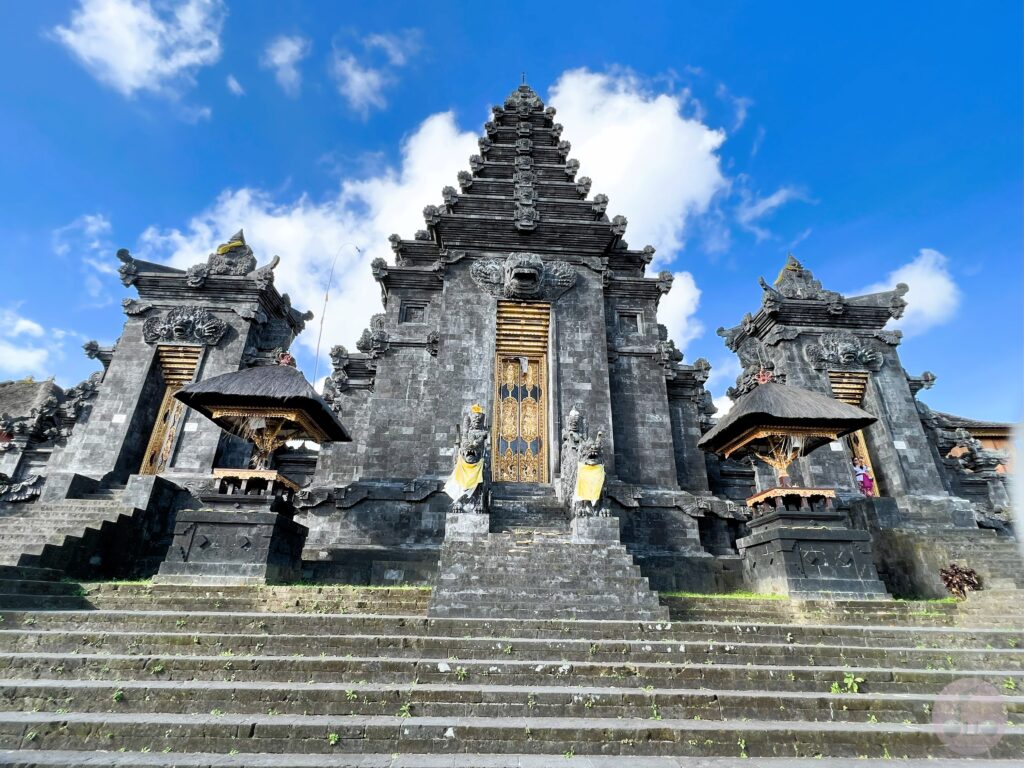

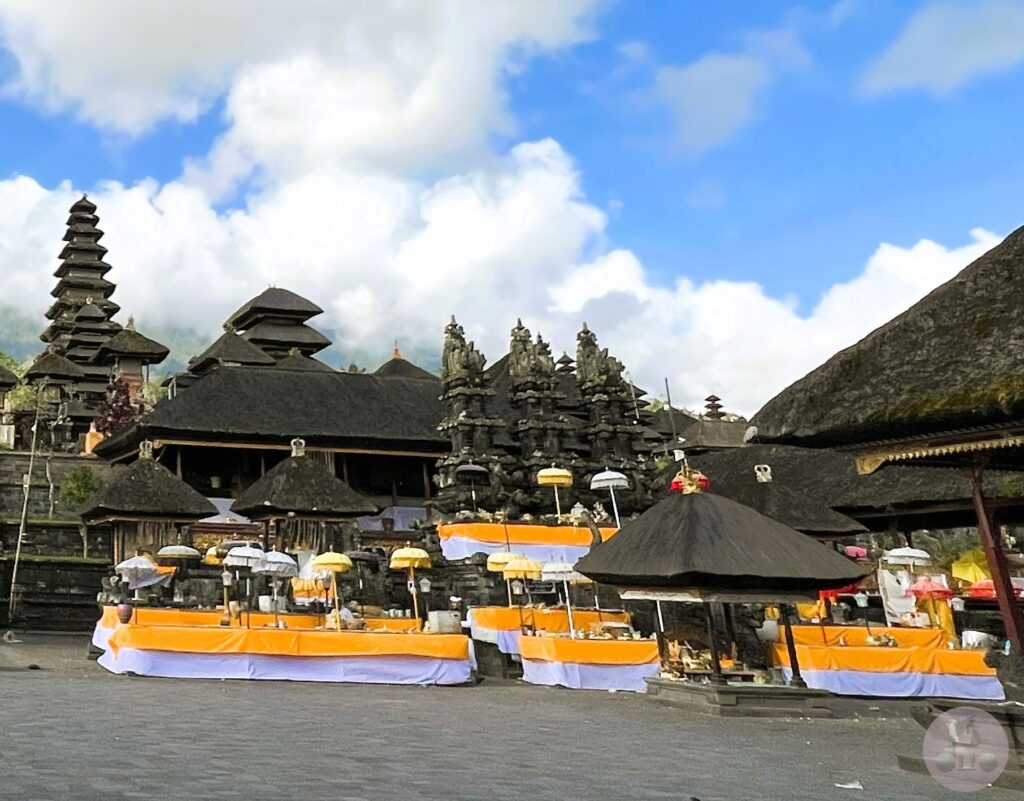
The entry fee for the temple is 90.000 IDR inclusive of a beautiful sarong, a one-way buggy ride and a guide who will take you around the temple providing important information about the temple. Besakih temple was one of the best places we visited in Bali. We were awestruck by its grandeur and architecture. You may skip Lempuyang temple but do not miss Besakih temple.
Tukad cepung
Tukad Cepung waterfall is one of the majestic waterfall of our lives. It is a hidden gem in the highlands of Bangli Regency, East Bali. Tucked away in a lush canyon, this waterfall has gained popularity for its unique cave-like setting and pristine surroundings. There is an entry fee of 20.000 IDR.
Approach
To reach the waterfall, you will have to pass through a narrow canyon with towering cliffs on either side. The steps are properly built so the trek is not very strenuous. All the way you will be able to hear sounds of gushing water and chirping birds. Wear sturdy footwear suitable for trekking and walking through water. Since the approach to the waterfall has several smaller streams trickling from the ceiling of the caves, your clothes will become wet.
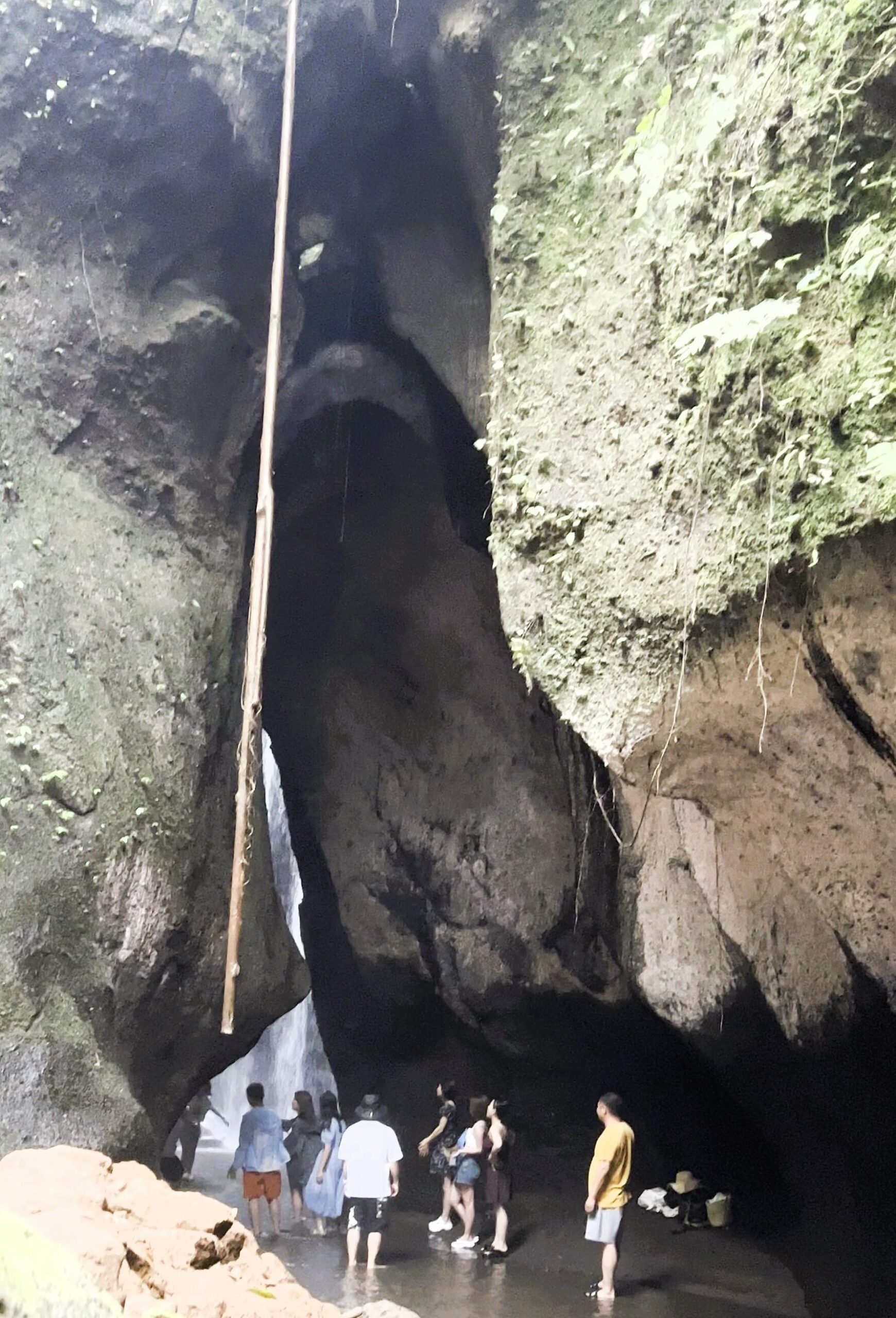
Setting
Tukad Cepung is unique in its setting, as the waterfall is hidden within a cave-like formation. The water cascades through an opening in the cave roof, creating a captivating scene. The cave setting enhances the sense of tranquility and seclusion. The waterfall itself features a single stream of water that cascades from a height into a small pond below. During the rainy season, the flow can intensify, creating a more dramatic display. The pool at the base of the waterfall invites visitors to take a refreshing dip. The clear water is surrounded by rocks and lush vegetation, providing a serene spot to relax and connect with nature.

The play of light, the cave-like structure, and the pristine surroundings offer numerous opportunities for capturing the beauty of the waterfall. Do not miss going to this waterfall. It is better to go there in the dry season as the pool may be overflowing with water making it dangerous to approach the waterfall during rainy seasons. There is a smaller waterfall on the other side as well but nothing compared to the actual one.
Coffee Tasting
Tunas Bali Luwak Coffee was our first stop of the day. We were tired and were sleepy, so we asked our driver to stop at a coffee shop. He took us to this place to try some tea and coffee tasting. I thought it was a smart idea. We went to this place that had a small farm with cocoa trees and several other medicinal herb trees. They grow it in their farm and sell it in local markets. A volunteer showed around the farm and finally took us to a small wooden cabin where they presented some 12-13 small numbered tumblers filled with liquids of different colors. A booklet was provided alongside describing the type of tea and coffee by the numbers. It was a fun experience which you may skip altogether if you want.


Luwak coffee
We also saw Luwak coffee beans and how it is made. Let’s say the method is very gross. Luwak is a mongoose like animal which eats coffee beans and then passes them in its excreta. They wash, dry and grind these beans to make Luwak coffee. The luwak coffee tasting was chargeable at 50.000 IDR. We got one cup of luwak coffee and tried it. Although we could not taste any difference from other coffee we had in Bali, it is much of a craze. Maybe because of the way of production.


We bought sugar-free mangosteen tea from their inhouse store. We paid more for them than the local markets. Our driver informed us that they are not available in markets. So be careful before buying anything from these places. They are always available in local markets. Anyways, you may try it or skip the experience entirely.
Other very notable places in East Bali are Amed beach and Candidasa beach. If you have more days at hand you can stay at Amed and cover all the viewpoints and beaches in Eastern Bali.
